Spring 2026 Fashion Is Running It Back to the '80s
This time, it's more optimistic than ironic.
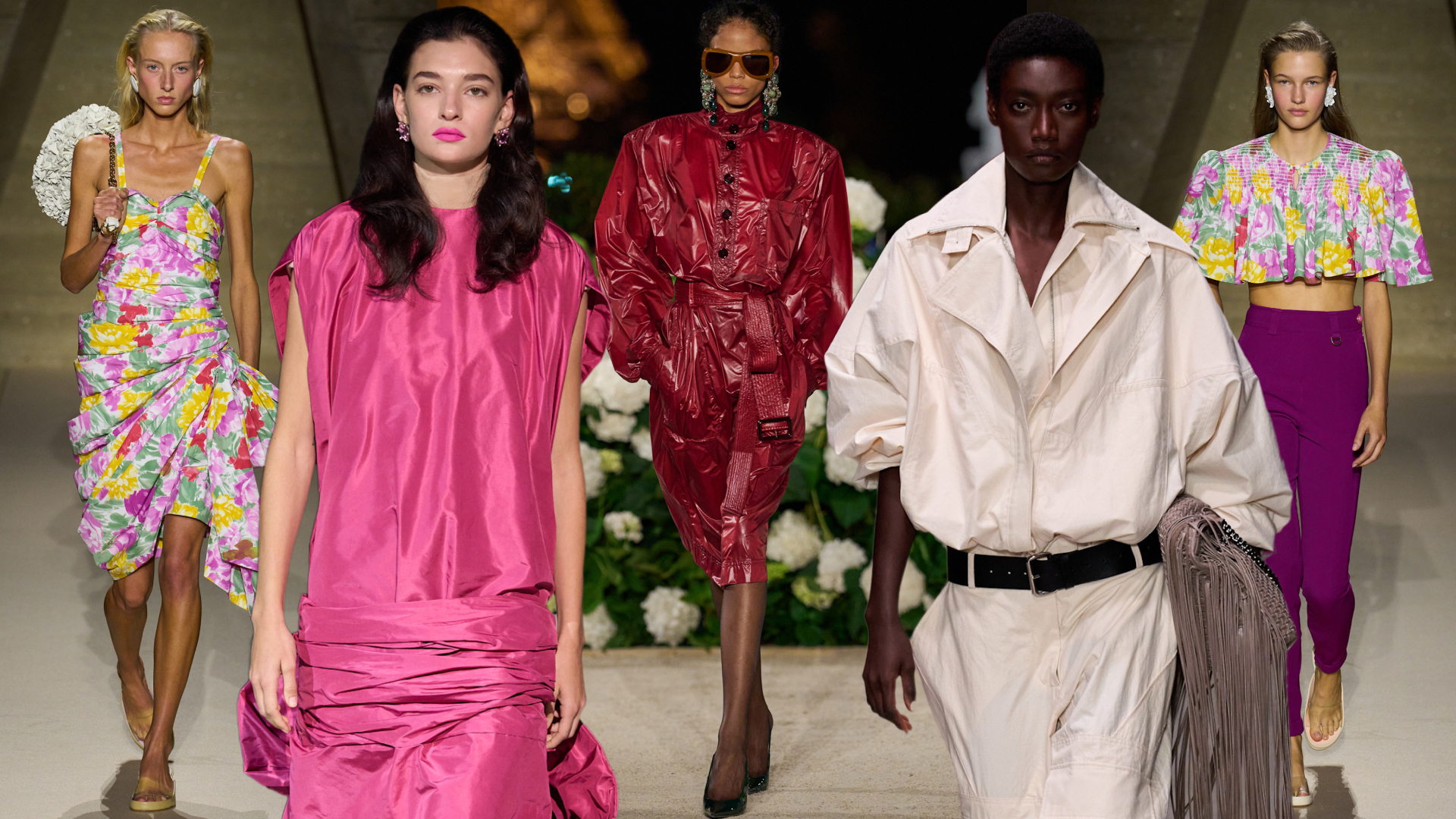
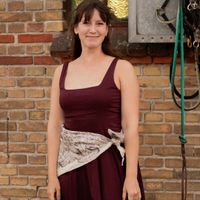
Extra-large shoulders sculpted into a permanent shrug. Even bigger bows, tied at the neck and flopping over a button-up shirt. Acid-purple painted flowers, fuchsia drop-waist dresses, and boxy blazers paired to a pencil skirt and little pumps.
This could be a runway snapshot taken in the 1980s, when Karl Lagerfeld was settling in at Chanel and Christian LaCroix, Theirry Mugler, and Yves Saint Laurent ushered in the first incarnation of "power dressing." But actually, it's a glimpse at history repeating across the Spring 2026 collections.
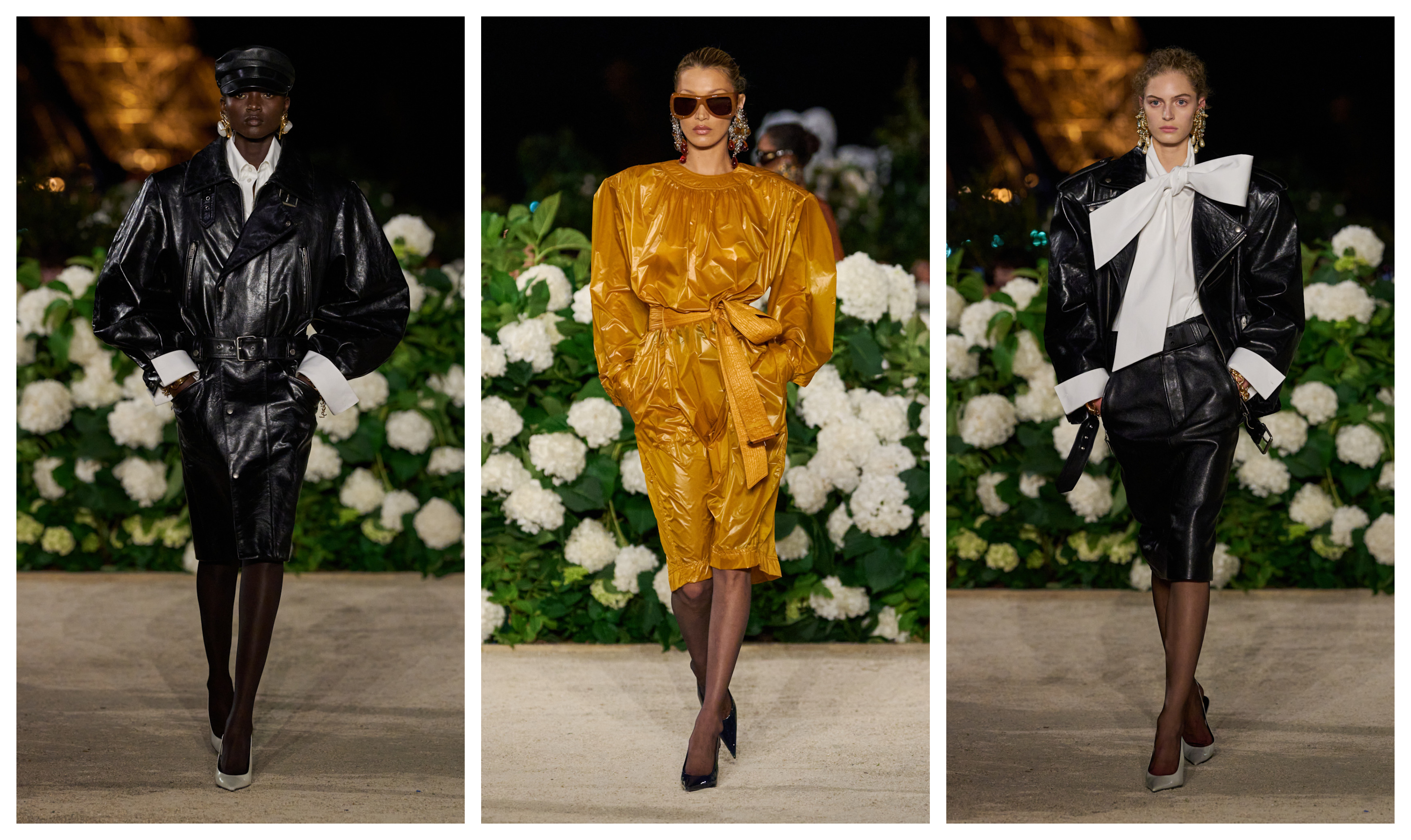
Saint Laurent Spring 2026
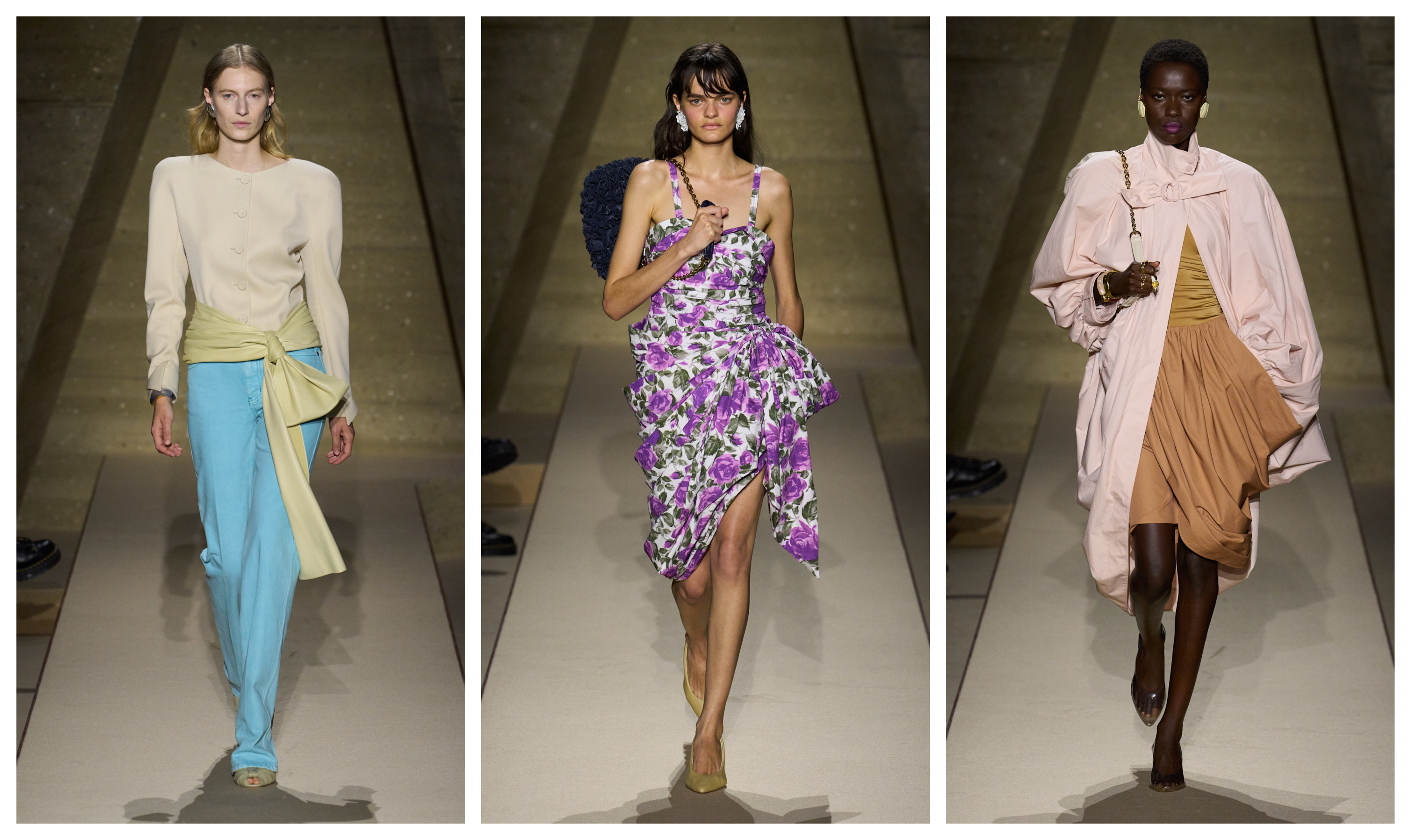
Chloé Spring 2026
From the sexy pastel suits at Tom Ford to the beefed-up shoulders at Stella McCartney and Schiaparelli, homages to '80s fashion were far and away the biggest trend by decade at Paris Fashion Week. Chloé's Chemena Kamali reinterpreted her boho signatures for a boardroom with drop-waist taffeta dresses and extra-extra large bomber jackets. 9 to 5 energy oozed through the pencil skirt suits and corporate blazers at Adam Leenaerdt and Elie Saab—brands that aren't usually dabbling in officewear. By the end of the month, a raspberry beret circa 1985 wouldn't have felt like a surprise accessory.
If the 20-year model for trend cycles is to be believed, the 2020s were due for a return to silhouettes that first reigned during the Reagan Administration. The decade was already being referenced and re-evaluated throughout pop culture before the curtain rose over the collective Spring 2026 runways, after all. In music, Sabrina Carpenter is teaming up with Dolly Parton and Doja Cat is trying on Prince-inspired melodies and guitar riffs for size. Chappell Roan and Kate Bush are kindred spirits in vocal runs and in thematic onstage costumes. A final season of Stranger Things, set in 1985, is on the horizon (and a barrage of tie-in fashion collaborations will probably come with it).
The broader political and cultural climate designers are operating within also has shades of the '80s. The stock market is currently booming in spite of sky-high tariffs and tense international relations (to put it the most mildly). It's an age of excess and a widening gap between the haves and have-nots—and the latter is making their decadence known with gilded gold accessories modeled on sextuple-digit vacations. The first time around, we would have consumed this all on a new channel called MTV. Now, we're watching it unfold on TikTok.
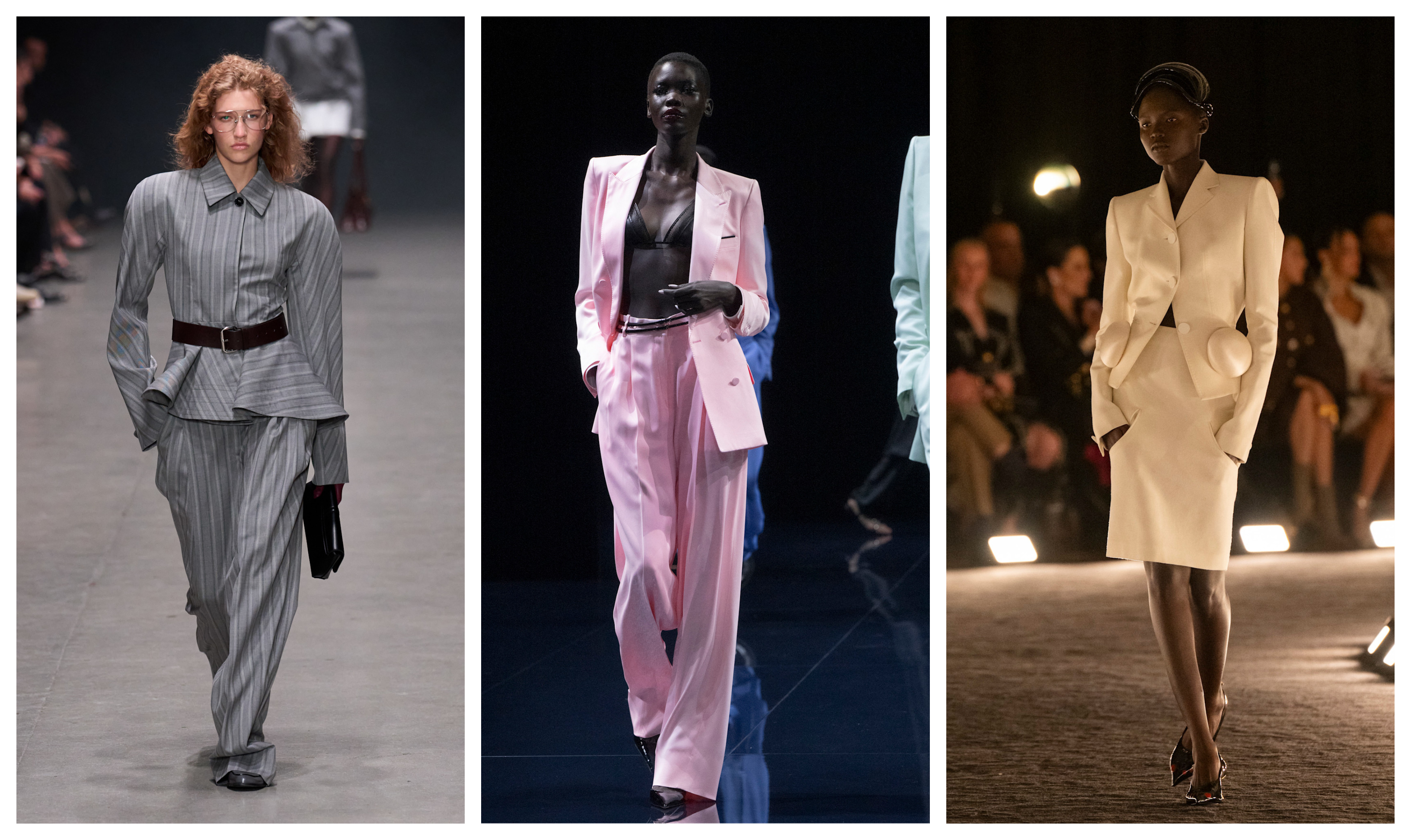
From left: Stella McCartney, Tom Ford, Schiaparelli
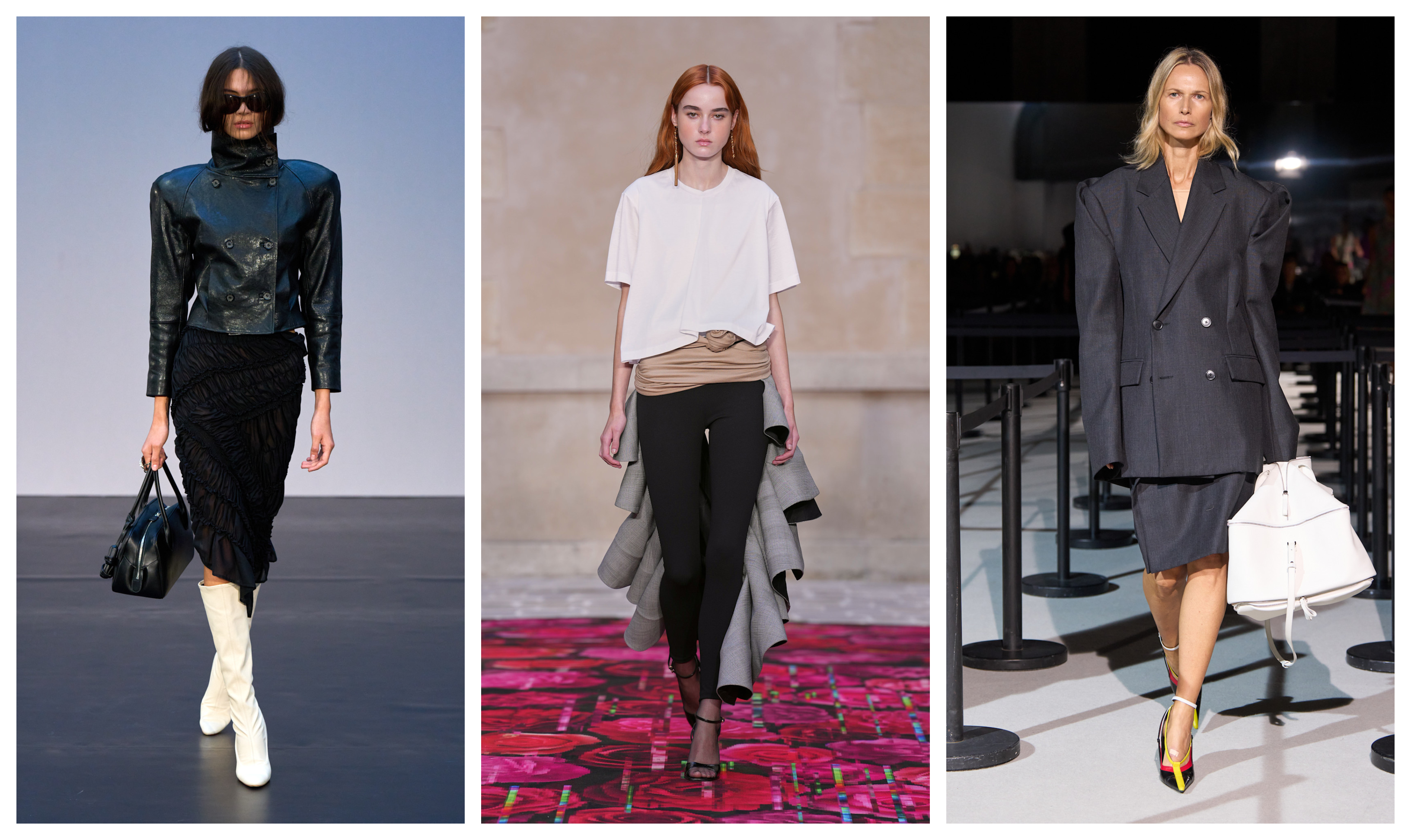
From left: Magda Butrym, Burc Akyol, Adam Leenaerdt
Individually, a house like Saint Laurent or Chanel might seem like it's paying homage to its own archive with the runway re-issue of an extra-large shoulder or a knee-length skirt over hosiery and a sensible pump set with a gold logo. In aggregate, they're perhaps harnessing the energy of an era when it seemed like women had fewer limits than ever before. When all these codes of the 1980s had their original come-up, they were positioned as a way for women to level up their status at work and at home. "Power dressing" was the term for these amped-up proportions and flashes of vibrant color where they weren't previously seen. The proverbial glass ceiling seemed to have cracked with a major assist from the 1970s women's liberation movement. Thus, more women were entering the corporate workforce than in previous decades. They needed a wardrobe that could take on this brave, new, overdue world.
The script has flipped in 2025, at least in the United States. (For many of the European houses showing on the fashion calendar, that's ultimately their biggest market.) Women are now exiting the workforce at an alarmingly high rate, per Time magazine, a reversal of past employment trends. Debates over where women belong are also pervasive on every social media platform and in the highest levels of government.
Get exclusive access to fashion and beauty trends, hot-off-the-press celebrity news, and more.
When designers tap into the original power dressing mode, it reads like a call to bring back the old armor. Or, to take on an '80s air of optimism that women can still overtake old boys' clubs (if they want to). In these '80s-coded clothes, there's an air of purpose and striving akin to a call-to-action.
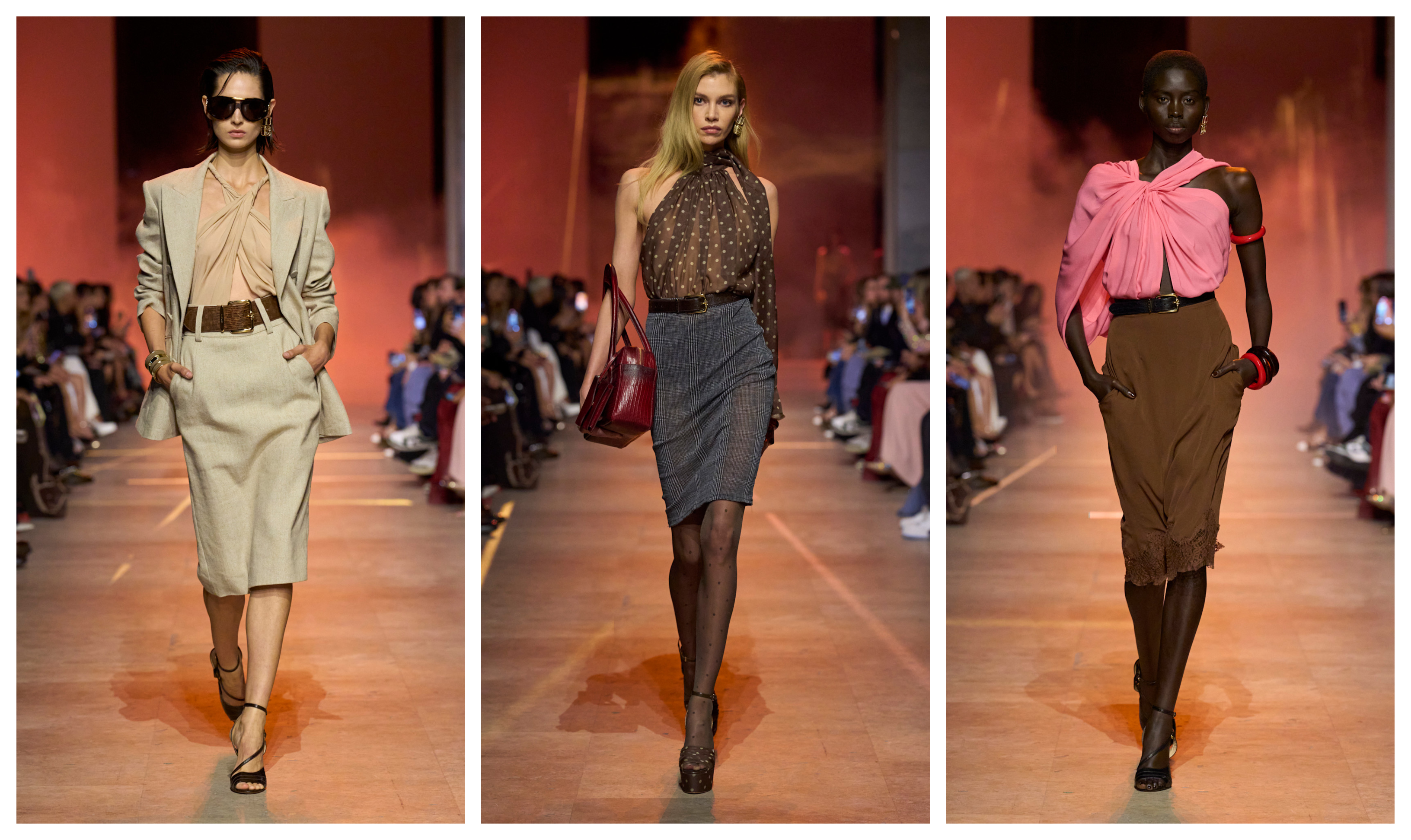
Elie Saab Spring 2026
The 2025 season has been filled with contradictory ideas of what it means to dress modern women. It's a wearable offshoot of conversations concerning what it means to be a modern woman. Are twists on hoop skirts a sign of taking up space, or a regression to outdated standards around body shape and size? Can a Miu Miu apron be as much a sign of empowerment and a woman's work as it is of one-family-fits-all ideals?
The set of designers toying with 1980s codes seems to say that the original modes of power dressing haven't run out of batteries just yet. Maybe it's time to go back to this vision of the future.
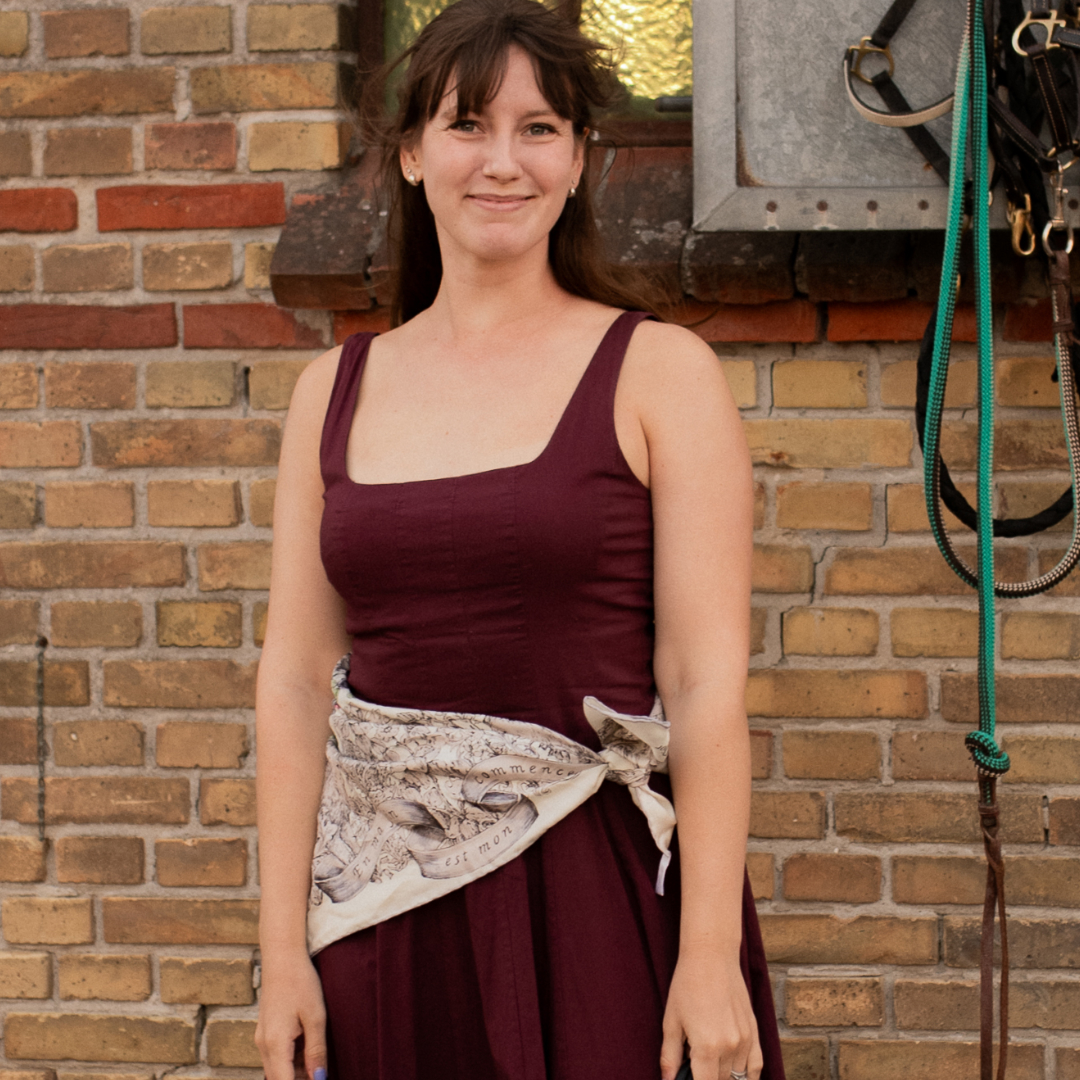
Halie LeSavage is the senior fashion news editor at Marie Claire, leading can't-miss coverage of runway trends, emerging brands, style-meets-culture analysis, and celebrity style (especially Taylor Swift's). Her reporting ranges from profiles of beloved stylists, to breaking brand collaboration news, to exclusive red carpet interviews in her column, The Close-Up.
Halie has reported on style for eight years. Previously, she held fashion editor roles at Glamour, Morning Brew, and Harper’s Bazaar. She has been cited as a fashion expert in The Cut, CNN, Puck, Reuters, and more. In 2022, she earned the Hearst Spotlight Award for excellence in journalism. She holds a bachelor’s degree in English from Harvard College. For a closer look at her stories, check out her newsletter, Reliable Narrator.